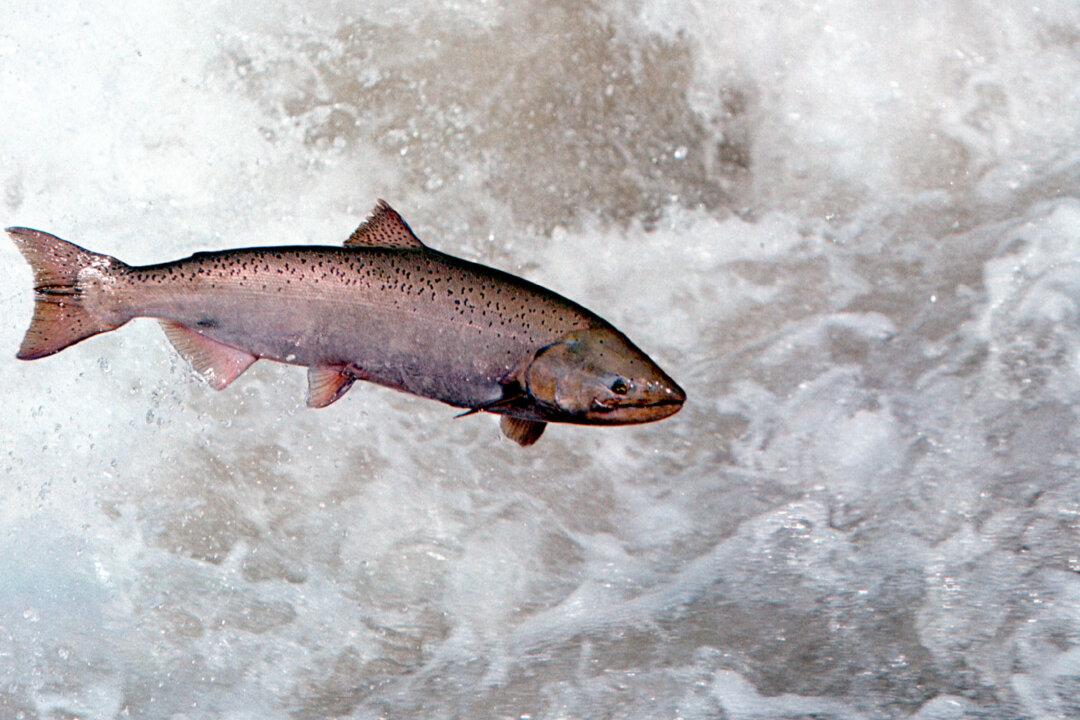EPA Administrator Lisa P. Jackson released testimony on the federal response to the Gulf oil spill. She pointed to the EPA’s commitment to monitoring the water and air quality at the site of the oil spill and its surrounding areas.
While most of the focus has been on BP’s efforts to stop the oil spill at its source, its work to reduce the effects of the already present oil has also given rise to some major questions.
Dispersants are particles, which when applied to oil, can break it down into smaller particles, which allow it to sink, ultimately speeding up its break down.
Specifically, BP has been facing criticism regarding its EPA-approved use of Corexit dispersants.
There is reason to question the EPA’s approval of this dispersant, however. For one, Corexit has been banned in the UK for its environmental effects, reports a Mother Jones report. Furthermore, a New York Times article reports that Corexit is not only more harmful to the environment than it is beneficial, but it is also less effective in breaking up oil than alternatives.
Looking at the EPA ratings of the various types of dispersants, there are many that are more effective and more environmentally sound.
There is growing suspicion that BP’s use of Corexit is linked to its cozy relationship with Nalco, Corexit’s manufacturer.
According to the Wall Street Journal, in a Capitol Hill hearing on Wednesday, many representatives expressed such concerns.
“If I told you it was BP who decided, why would you use something that’s much more toxic and much less effective other than you had a corporate relationship with the manufacturer?” observed Rep. Jerrold Nadler.
There have been increasing questions regarding EPA’s dispersant approval standards. In addressing these concerns, Administrator Lisa P. Jackson said, “We are also deeply concerned about the things we don’t know. The long-term effects on aquatic life are still unknown and we must make sure that the dispersants that are used are as nontoxic as possible. We are working with manufacturers, with BP and with others, to get less toxic dispersants to the response site as quickly as possible.”
Recently, the EPA has approved the use of dispersants below the surface of the water. The effects of the use of such dispersants below the surface of the water is largely unknown.
While most of the focus has been on BP’s efforts to stop the oil spill at its source, its work to reduce the effects of the already present oil has also given rise to some major questions.
Dispersants are particles, which when applied to oil, can break it down into smaller particles, which allow it to sink, ultimately speeding up its break down.
Specifically, BP has been facing criticism regarding its EPA-approved use of Corexit dispersants.
There is reason to question the EPA’s approval of this dispersant, however. For one, Corexit has been banned in the UK for its environmental effects, reports a Mother Jones report. Furthermore, a New York Times article reports that Corexit is not only more harmful to the environment than it is beneficial, but it is also less effective in breaking up oil than alternatives.
Looking at the EPA ratings of the various types of dispersants, there are many that are more effective and more environmentally sound.
There is growing suspicion that BP’s use of Corexit is linked to its cozy relationship with Nalco, Corexit’s manufacturer.
According to the Wall Street Journal, in a Capitol Hill hearing on Wednesday, many representatives expressed such concerns.
“If I told you it was BP who decided, why would you use something that’s much more toxic and much less effective other than you had a corporate relationship with the manufacturer?” observed Rep. Jerrold Nadler.
There have been increasing questions regarding EPA’s dispersant approval standards. In addressing these concerns, Administrator Lisa P. Jackson said, “We are also deeply concerned about the things we don’t know. The long-term effects on aquatic life are still unknown and we must make sure that the dispersants that are used are as nontoxic as possible. We are working with manufacturers, with BP and with others, to get less toxic dispersants to the response site as quickly as possible.”
Recently, the EPA has approved the use of dispersants below the surface of the water. The effects of the use of such dispersants below the surface of the water is largely unknown.





